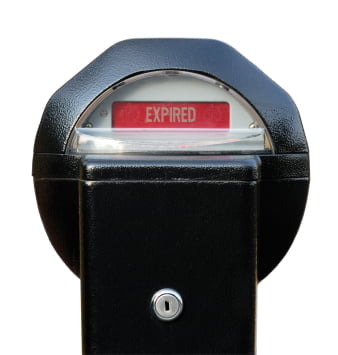Question: I am a 23-year-old college student with a bad debt of about $12,000 with American Express. I believe the Statute of Limitations in Maryland is 3 years.
I do not remember the last time I made a payment to them. I found a receipt showing a payment in December 2006. But when I called American Express, their records don’t go back that far. What should I do? And how do I find out when my statute of limitations has been reached?
Answer: It’s kind of odd that American Express wouldn’t be able to track down this old debt that you had – especially considering it wasn’t chump change.
It’s very likely, though, that the $12,000 was assigned to a collection agency or simply written off as uncollectable – especially since it was apparently more than three years ago and you were just 20 years old.
As you were/are a college student, I’m assuming you weren’t making big bucks back then (or now) and Amex may have known that their chances were between slim and none, in terms of getting you to pay back what you owed.
What to do now? Pull each of your credit reports from Equifax, Experian and TransUnion. You can get them online free of charge via www.annualcreditreport.com. See if that Amex debt shows up on your credit reports as a collection account, charge-off, judgment, or anything else negative. If not, do nothing. If so, contact the creditor/collection agency listed only if you are financially prepared to begin a repayment plan to pay off what you owed. Otherwise, do nothing.
The Statute of Limitations on Credit Card Debt
Lastly, here are a few ways to check the statute of limitations in your state. Each state has different statutes of limitations for past-due debts, depending on if the debt was based on a written contract, an oral contract, a promissory note, or an open account. Credit cards are usually categorized as open accounts. The statute of limitations for credit card debt ranges from 3 to 10 years, based on where you live.
You can click the following link for a state-by-state list of statute of limitations.
Alternatively, to check the statute of limitations on debts in your state, contact your State Attorney General’s Office or go to www.naag.org and click “The Attorneys General”. I checked for Maryland, since you mentioned that state and I believe that is where you live. You are correct that the statute of limitations there is three years. All the more reason, as I suggested, to just do nothing about that debt. Chances are no one is contacting you about it because the statute of limitations has expired and the debt is no longer legally enforceable.
Your Credit Rating
This does not mean, of course, that it can not still appear on your credit report. That’s another matter entirely. Negative information, such as late payments or collection accounts, can stay on your credit report for 7 years. If this info is on your credit report, rest assured knowing that because it is more than 2 years old, it is likely doing far less damage to your credit rating than it probably did more than three years ago when the account first went delinquent.
So if I were you, I wouldn’t worry excessively about it.








